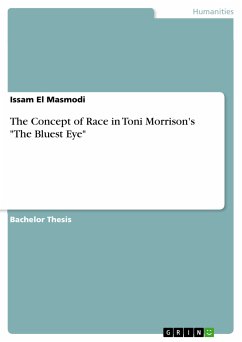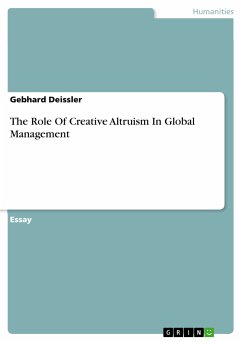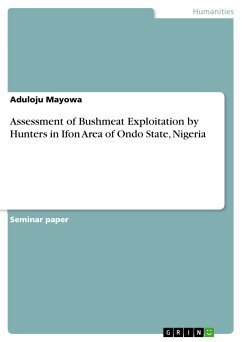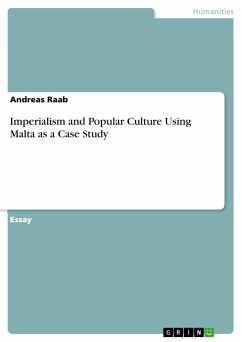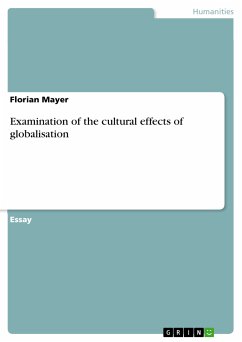Master's Thesis from the year 2012 in the subject Cultural Studies - North African Studies, grade: Very good, , course: Social Anthropology with Concentration on Environmental Anthropology, language: English, abstract: The Ethiopian Orthodox Tewahedo Church, which is believed to be the largest of the five non-Chalcedonian Eastern Churches and is believed as playing an important role in Ethiopian life is a unique church deeply based upon Ethiopian history, social life and ethics. In addition to its religious services, i has a long tradition of conserving biodiversity. Hence, if a traveler sees a patch of indigenous big trees in the northern highlands of Ethiopia, most probably there is an Orthodox Tewahedo Church in the center. Having the main objective of investigating the role of the Orthodox Tewahedo Church in biodiversity conservation, the paper deals with the religious values (principles and actions) of the EOTC that are in favor of biodiversity conservation. In line with, it tries to explore the church values in relation to biodiversity conservation in terms of the sacred and profane (space wise dichotomy). Moreover,identify the cultural bases on what plants and animals are conserved in the Church compounds. For this purpose, four churches were purposely selected from Ìnderta wereda. To encounter informants in their everyday life, the researcher lived for five months in the churches especially, in churches of Mika‘el Tsellamo and Mika‘el Romanat and use ‘Participant observation’. Moreover, the researcher used semi-structured and informal interviews. To this end, semi-structured interview was conducted with 40 purposely selected respondents. Accordingly, 30 respondents from Mika‘el Romanat and Mika‘el Tsellamo (15 from each) and 10 respondents from Khokholo Yowhannis and Mika‘el Dagya churches (5 from each) were interviewed. Moreover, in-depth interview was hold with key informants from the churches. Besides, different secondary sources were employed. The Church is playing a prominent role in conserving the biological diversity. Results indicated that it is due to the sacredness of the Church area that the plants and animals are well-conserved in the churches. It was found that the community respect and conserve natural Church plants and animals with no discrimination regardless of their benefits to the Church and the communities. In general, from the results, it was concluded that the sacredness of the Ethiopian Orthodox Tewahedo Church area have a prominent role for sustainable biodiversity conservation. Thus, the Ethiopian Orthodox Tewahedo believers are Anthropocentrists outside the church compounds and Deep ecologists within the church compound.



